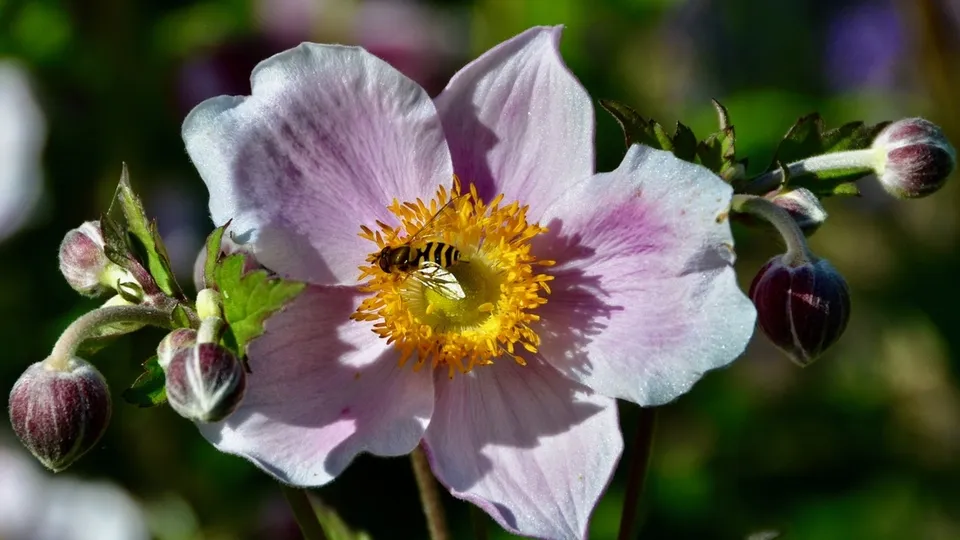
Common banded hoverfly
The Common banded hoverfly has a fitting name: it is not only one of our most common species, its black body is also covered in yellow bands! It can be seen in many habitats from gardens to woodlands.
A taxon is Not Evaluated when it is has not yet been evaluated against the criteria

The Common banded hoverfly has a fitting name: it is not only one of our most common species, its black body is also covered in yellow bands! It can be seen in many habitats from gardens to woodlands.
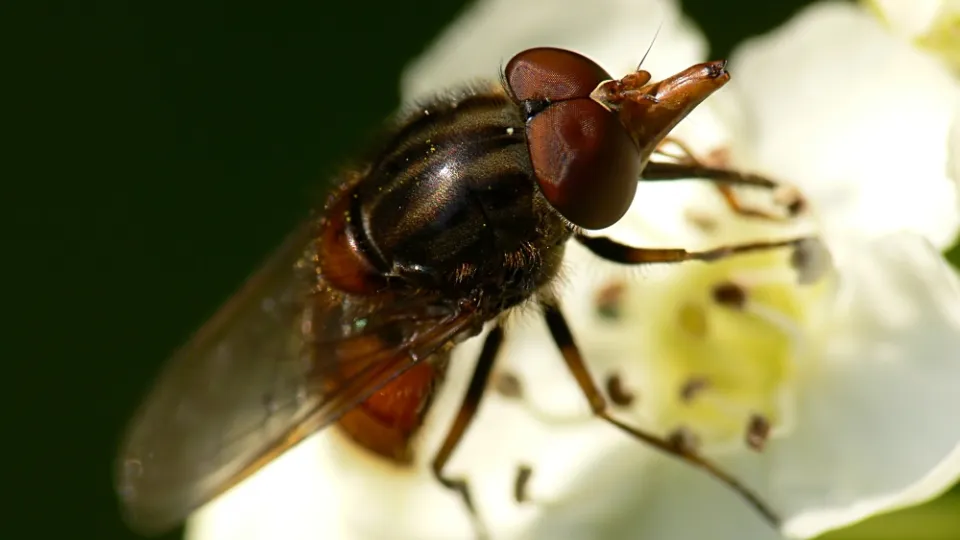
A common hoverfly, the Heineken fly has a distinctively long snout that enables it to take nectar from deeper flowers, reaching the parts other hoverflies cannot reach! It frequents hedgerows, gardens and woods.
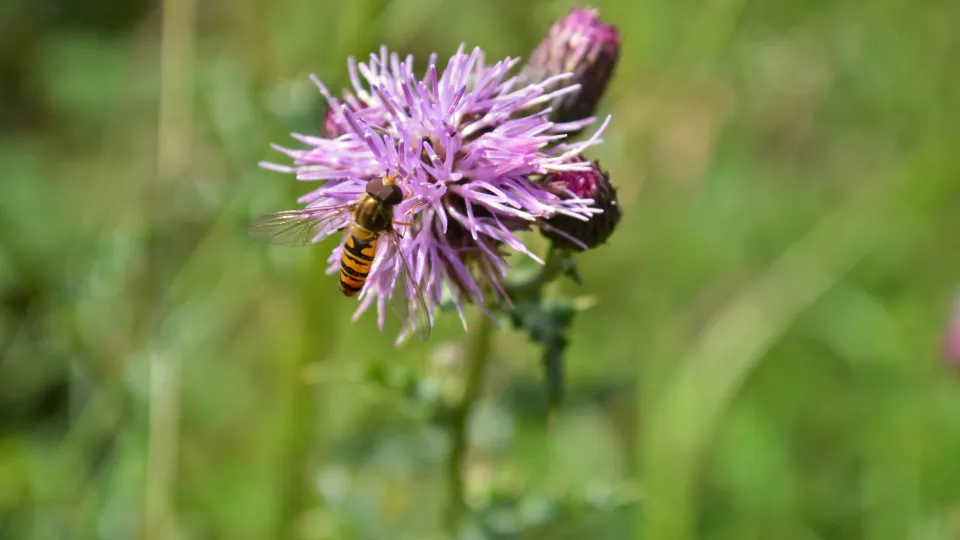
Our most common hoverfly, the marmalade fly is orange with black bands across its body. It feeds on flowers like tansy, ragwort and cow parsley in gardens, hedgerows, parks and woodlands.
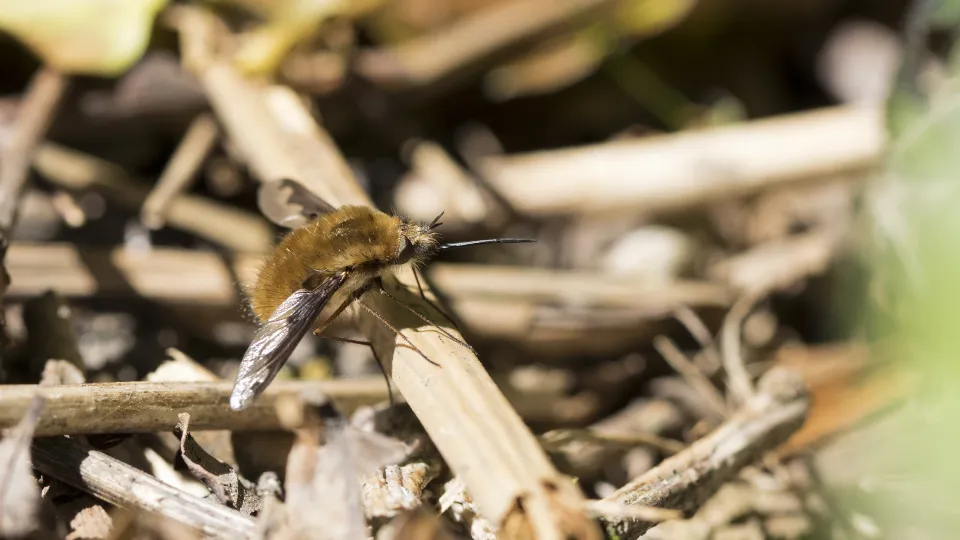
Our largest and most common bee-fly, the dark-edged bee-fly looks just like a bumblebee, and buzzes like one too! It feeds on flowers like primroses and violets in gardens, parks and woodlands.
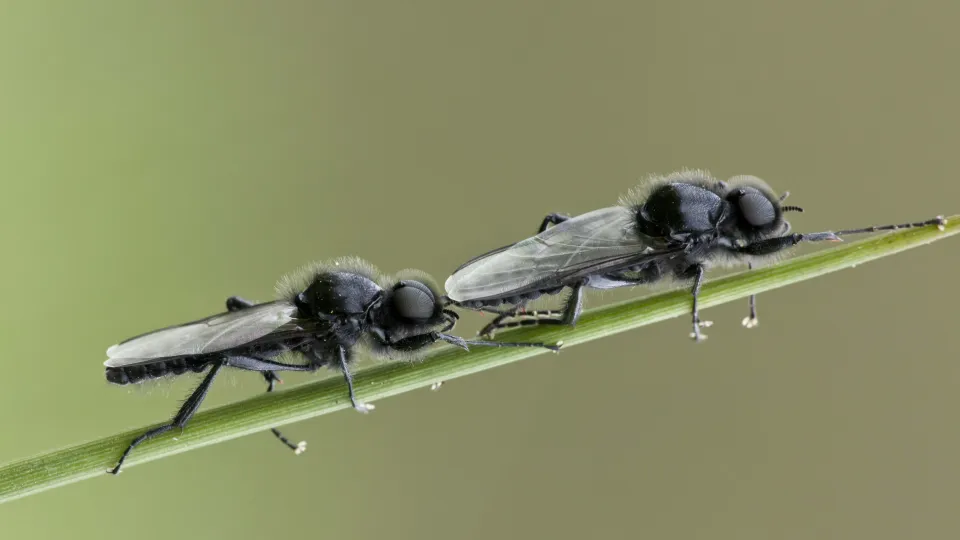
The St Mark's fly is small, black and shiny. It is so-called because it emerges around St Mark's Day, April 25th. Large numbers of adults can be found in woodland edges, hedgerows, fields and wetlands.
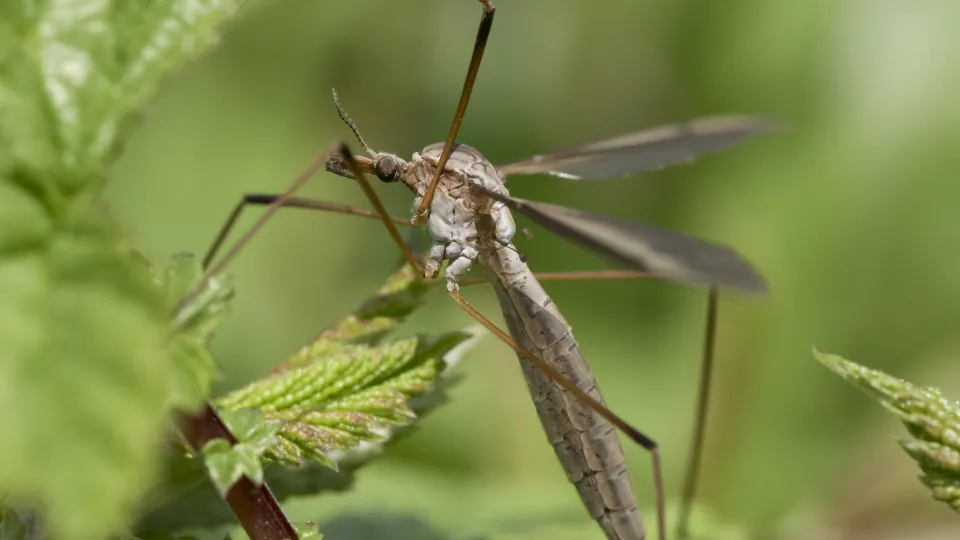
Flitting about the house in summer, the gangly, brown daddy longlegs is familiar to many of us. They are a valuable food source for many birds.
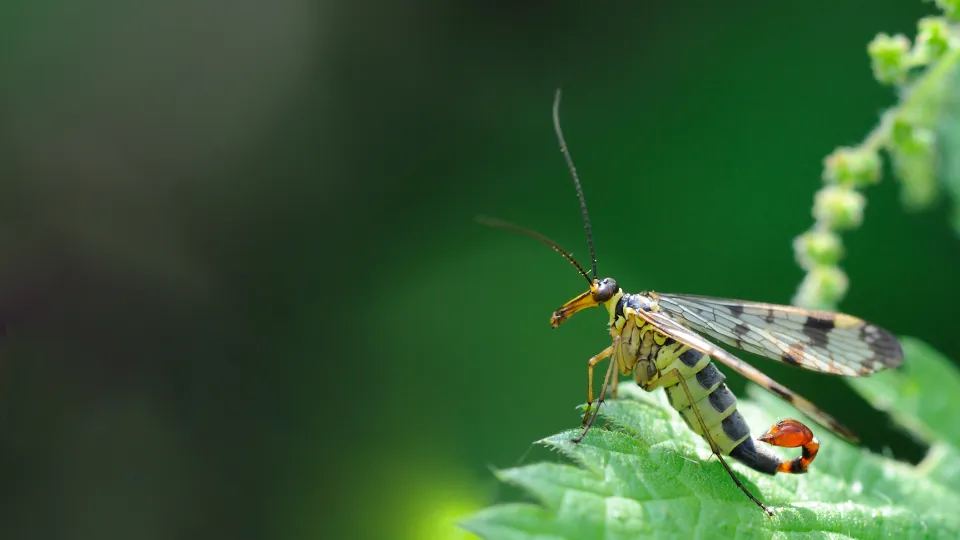
The scorpion fly, as its name suggests, has a curved 'tail' that looks like a sting. It is, in fact, the males' claspers for mating. It is yellow and black, with a long 'beak'. Look for it in gardens and woods.
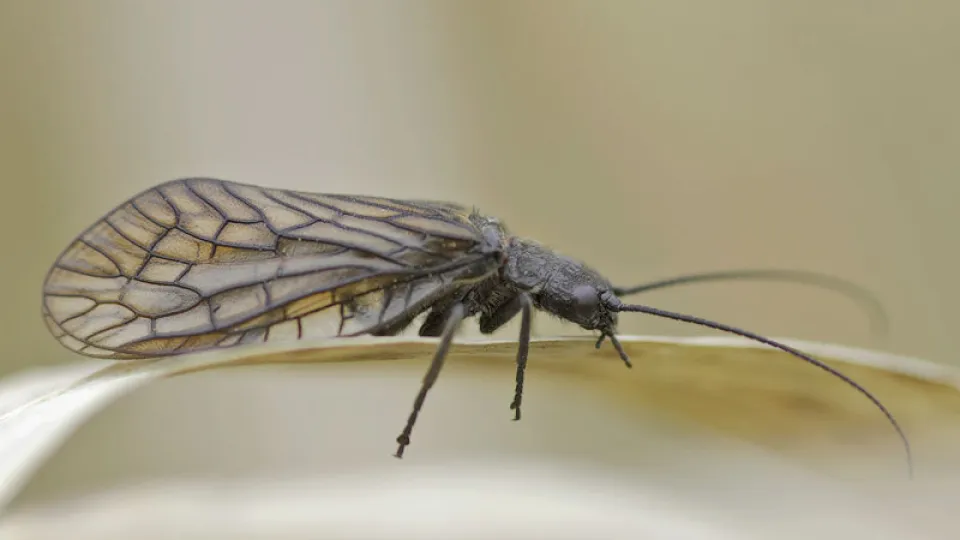
The Alder fly is a blackish invertebrate, with delicately veined wings that it folds over its body like a tent. It can be found near ponds and slow-flowing rivers; the larvae living in the silt at the bottom.
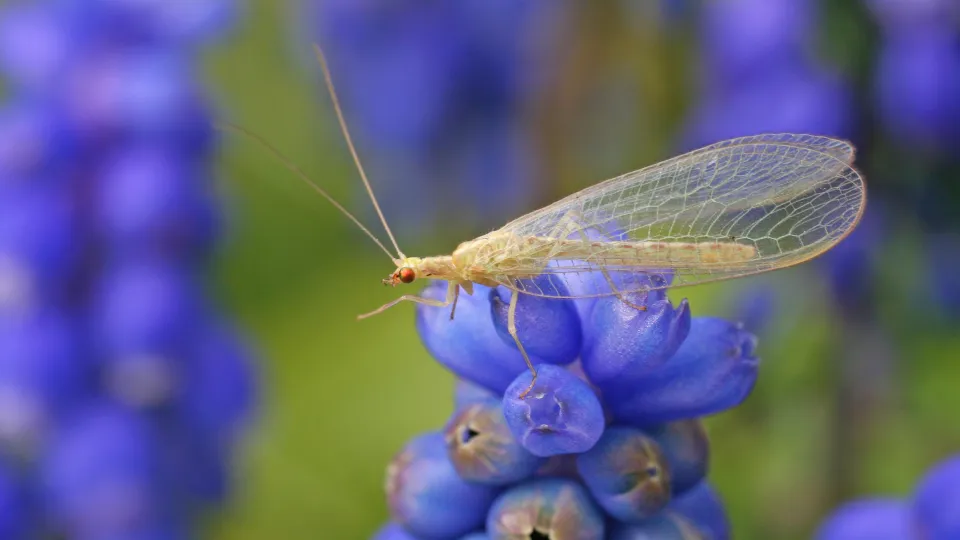
The common green lacewing is a lime green, delicate insect, with translucent, intricately veined wings. It is common in gardens and parks, where it helps to control aphid pests.
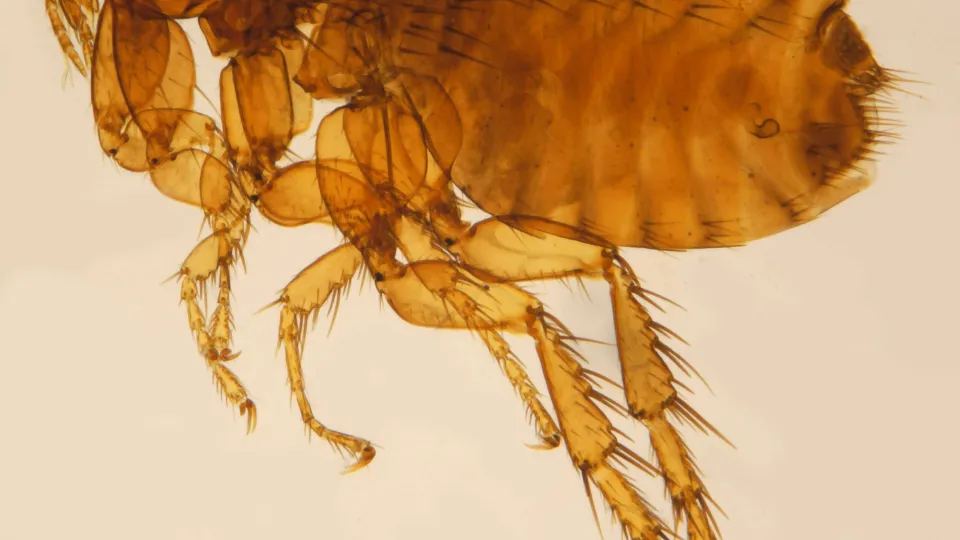
You are most likely to spot the cat flea if you have pets. It will feed on cats, dogs and people, although it can't live on us. It is a pest and needs to be controlled in the house for the comfort of pets and people.